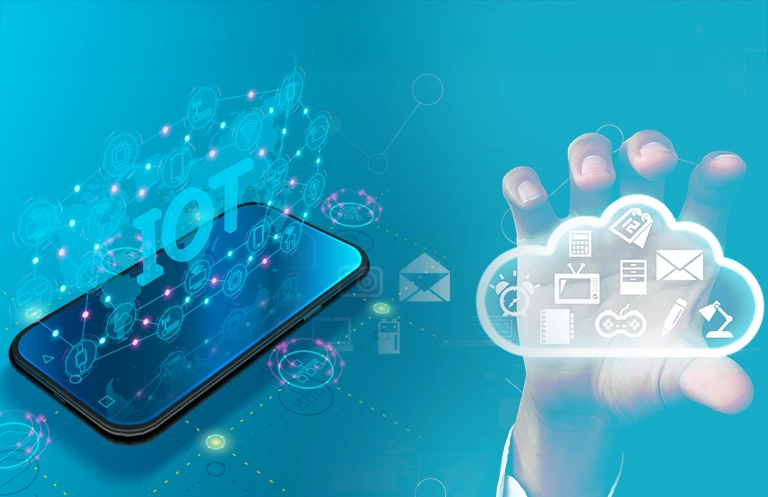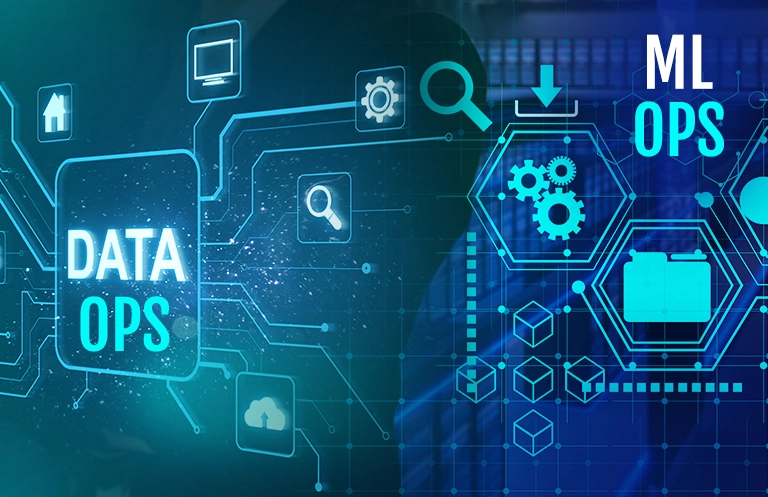Cybercriminals are in quest of digital goldmines, which is data and digital information. They use that data and information for their illegal intentions. The solution to prevent the applications from these risks is to consider security in every step of developing the software. This will not just secure your application but also protect the application from misuse, and vulnerabilities, and help you maintain the integrity of data and information flow. Following are the five important things that should be considered while designing the application architecture.
5 Key Things to Consider While Designing Apps With Rock-Solid Security
1. Threat Modeling
The purpose of threat modeling is to identify the system threats and decide the strategy to minimize or counter them. Threat modeling is not a one-time activity. It is done repeatedly whenever there is a change in the overall application design. It is done at the beginning and then whenever any new features are added or removed. You must revisit threat modeling when software faces any security incident.
It involves listing down all the functional and non-functional requirements with their technical details. Then, think about the threats the application may face based on the factors relevant to those requirements like authorization, authentication, the sensitivity of data, and the storage mechanism. Once the threats are identified, then various mitigation methods should be researched and discussed. Finally, those mitigations should be validated during the unit tests and the testing phase of the application.
There are a few tools available in the market, which can help you to do better modeling like Microsoft Threat Modeling Tool and OWASP Threat Dragon.
2. Secure Architecture
Secure architecture refers to integrating security defenses into the core design of an application. The outcome of threat modeling should be considered in the secure architecture. The security of any software depends on the security perimeter paradigm.
The first layer of the security perimeter is physical security. It regulates who has access to the hardware. In cloud applications, physical security is delegated to the cloud service provider, but it is crucial for IoT solutions.
The second layer is network security. It involves maintaining the reliability of the network used for the application. The network should be up and running and defending the network attacks like Denial of Service (DoS). The network access must be managed by authentication like Active Directory, Password, and Multi-Factor Authentication (MFA). The network security can also be enhanced by the use of a Firewall, Intrusion Prevention System (IPS), and Intrusion Detection System (IDS).
The third layer is platform security. The platform refers to the host environment of the software. The virtual machines, operating system, libraries, and anti-virus software must be up-to-date with the latest version so that the application can be secured against vulnerabilities. All the Platform-as-a-Service (PaaS) providers often share the security recommendations. Those should be followed if it fits the software architecture.
The fourth layer is application security. This is the most sensitive layer because this is where most threats can be and must be dealt with. Authentication and authorization are the first and foremost aspects to handle application security. The authentication determines who you are, and the authorization determines to which resources you have access. The strong authentication mechanism helps in preventing unknown users to enter the application and the strong authorization strategy shows only those application features or menus to which an authenticated user is entitled to access.
There are now third-party authentication solutions also available like Azure Active Directory, Okta, and AWS Cognito. If the application is dealing with sensitive data, then Multi-Factor Authentication (MFA) must be used. The access to each feature of the application should be managed using Role Based Access Control (RBAC).
The flow of data and communication must be done via secure channels. It helps you prevent data leaks and manage your privacy. The application must be designed keeping well-known vulnerabilities in mind like SQL injection, Cross-Site Scripting (XSS), and Data Exposure. The application should log every activity happening within the application. The security-related logs must be captured like user’s login/logout time, activities performed by the entities, validation errors, count of requests, and concurrency of users. There are many parameters, which should be decided as per the application. Logging and monitoring help in analyzing the system’s health and nature.
The fifth layer is data security. The data should be stored securely and the access to the database should be managed as per the role of the user. The hackers are most interested in the data. Even if the data is stolen, the security of the database should make it hard to read it.
Encryption is the go-to way to secure data. The database engine provides built-in robust algorithms to encrypt it. One can design their algorithms also. In the era of the cloud, we have a new choice to store the data in key storage also like Azure KeyVault and AWS Key Management Service (KMS).
3. Software Development Lifecycle
The software development lifecycle should involve the security and privacy aspects along with the requirement implementation. Every programming language provides features to manage security. Those should be used to implement code-level security measures. Each member of the development team must be aware of the OWASP Top Ten, which contains the de-facto guidelines related to web application security. The development team does not require to be security experts but they should be trained to understand the attacker’s point of view. It helps in securely implementing the code.
Many applications use third-party components, which pose a substantial security risk. Those components may not be mitigating the new vulnerabilities so the application must have to mitigate them or use its alternative. If those components are updated, then the host application must update such dependencies with the latest version. Apache Log4j is a prominent example of this.
4. Quality Engineering
Quality engineering deals with assurance and control of the quality of any product or service. The QE team focuses on verifying and validating that the software is designed and implemented to meet the requirements and exceed the end user’s expectations. But they should also scrutinize the user experience being secured by having security-oriented testing. It helps in finetuning the architecture of the software.
The penetration testing (PenTest) serves the purpose of finding weaknesses in the software system, which can pave the way to gaining unauthorized access. It can be done by simulating an attack on the system in the test. Such testing helps in identifying various attack approaches and related findings. Further, those results help in fixing the vulnerabilities. The threat model can be used while designing the PenTest approach.
The load testing is beneficial in identifying the behavior of the application when it is under heavy load or receiving significant traffic. The load testing can be simulated by tools like Apache JMeter. It conducts load testing based on the prepared scenario, which involves the count of computers, users, the geographical distribution of requests, and many more parameters. The result of load testing can help to prepare the strategies to mitigate Denial of Service (DoS) attacks.
5. Production Environment
The production environment is a unique environment among other environments like development, System Integration Testing (SIT), and User Acceptance Testing (UAT). The entire team must make sure that the application works as expected on production and that it is secure. The security setup of any application is not a one-time activity but it is a continuous process that has no end.
Every day new vulnerabilities are uncovered, and they are patched. Sometimes, zero-day exploits are available before the patches. Hence, it is important to protect the application against such threats. The team should regularly do a security review by staying updated with new security threats. Based on the relevance of those new threats, the architecture can be updated, and the development team can apply the necessary changes.
eInfochips has delivered several applications across devices, connectivity, and platforms using diverse services and technology stacks. Our expert and certified team provide various IoT cybersecurity services like threat modeling, Vulnerability Assessment & Penetration Testing (VAPT), Static Application Security Testing (SAST), Dynamic Application Security Testing (DAST), security program due diligence, security monitoring services, and L1/L2/L3 support services. Reach out to us for more details on IoT security/Cybersecurity related services.













